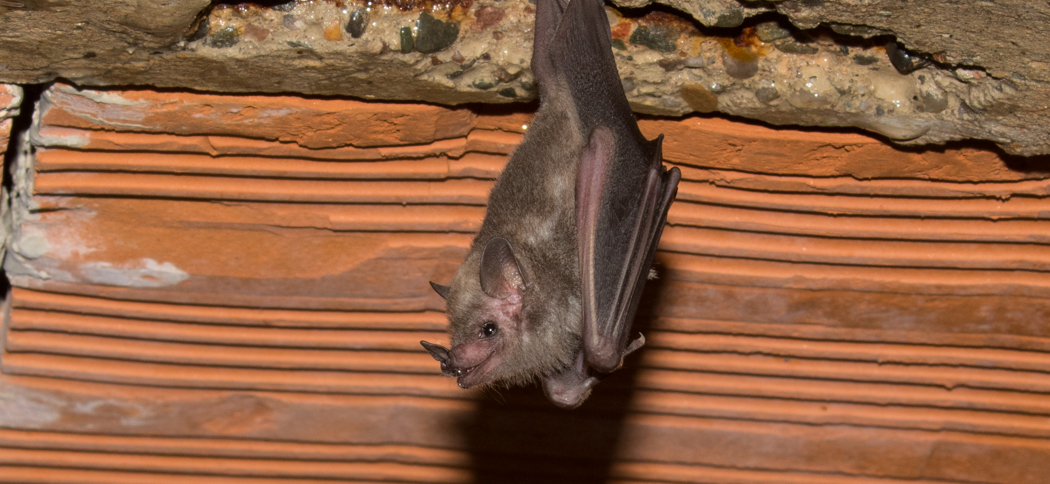
Strange Tails
We're delighted to have a strong population of strange-tailed tyrants at the reserve. So much so that we've adopted these beautiful and endangered birds as the symbol of the Trust
The growing diversity of the animals of Reserva Don Luis is a fresh source of delight every time we return. We don't play favourites, but it's impossible not to engage more with some of our more conspicuous guests. One of these is the strange-tailed tyrant. The male is stoic in his tolerance of one of nature's strangest - and it would seem least practical - adaptations. He's willing to suffer to be beautiful, and somehow manages to fly with tail feathers that were surely designed for a bird three times his size.
We love his perseverance; his resolution to succeed against challenge, and his ability to prove that anything is possible. He's appearing in growing numbers on the Reserva Do Luis, and his success has become an allegory for, and a symbol of, our own.
When we started the process of updating and redesigning our website, we wanted to adopt an image that symbolised our aims and our challenges. This brave little flycatcher, with his indomitable character, was the perfect choice.
The logo is a stylised profile of a male tyrant, silhouetted against the sunrise. We coloured the sun the blue of the Argentinian flag in honour of this country's beauty, its climate and the breathtaking span of magnificent animals that it nurtures.

Bat Research
Our bat team is conducting bat research both in the Ibera Marshes and in other provinces. We are especially concentrating on Misiones at the moment where we find the largest bat in Argentina, Chrotopterus auriitus and Myotis ruber, two species that we are researching.

Glosophaga soricina
Pallas's Long-tongued Bat
We first came across this small-medium bat in a roost with Carollia perspicillata in an unused cellar under a builing in Misiones. These two species often roost together.
Glosophaga soricina is one of only two species of nectivorous bat in Argentina although it will also consume fruit and insects. This species is very rare in Argentina and is classed as vulnerable
It has a long tongue which is around half the lengh of its body with which it probes flowers for nectar. The snout is slightly elongated and the nose leaf is small. Fur is mid brown with a pale base. Ears are medium sized and rounded. It can be confused with the larger Carollia perspicillata but does not have the warts on the chin as does this species. Glosophaga soricina has a serrated groove in the chin.
The tail is about one third the size of the uropatagium and around 2mm sticks out on the dorsal side.
It is an important pollinator of plants and is only found in 5 provinces in Argentina.
We captured this species in Corrientes in October 2019 - the first registration ever for the province. See scientific report

